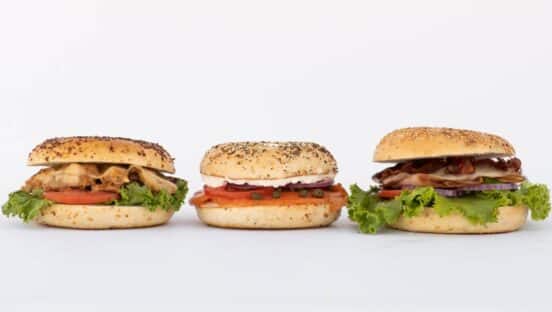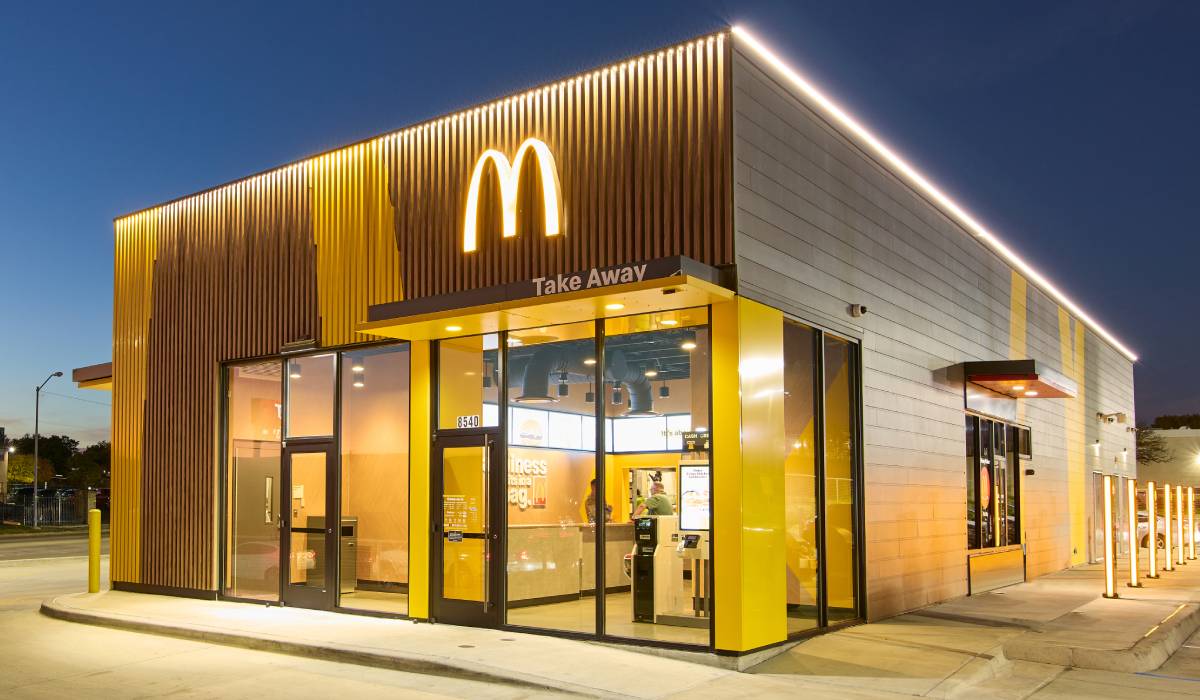While it’s hard to say there have been “winners” and “losers” throughout the pandemic, there have clearly been some brands that have benefited more than others from the new realities of our post-COVID-19 world, either because of the systems they had in place pre-pandemic or more simply because of the menu category that they occupy.
For Wingstop, it’s a whole lot of both. The brand has fared far better these last nine months than most other restaurant concepts, not only because chicken wings are easily served to go and are popular for group occasions like family dinners, but also because of its robust technology strategy that has powered its mostly off-premises business.
QSR recently published a deep dive into Wingstop and how the brand has so perfectly navigated the coronavirus pandemic while also keeping one eye on becoming a global powerhouse. And this week, we’re sharing even more insights from Wingstop’s executive team, offering a glimpse at how five of the Dallas-based brand’s leaders have adapted to COVID-19 and changed their approach to the aspect of the business they oversee—all with spectacular results.
First up in Wingstop Week is Christina Clarke, the brand’s CMO. She shared on QSR’s podcast “Fast Forward” how Wingstop has been communicating to its loyal guests throughout the COVID crisis, and how the brand has found ways to fit into customers’ lifestyles in a highly unusual year. Below is a condensed transcript of the interview. To listen to the entire interview, stream the “Fast Forward” podcast above or wherever you listen to podcasts.
Wings have become really synonymous with sports and group occasions. Has that been something you’ve wanted to lean into at Wingstop?
We love any time people get together, and certainly sports is one of those moments that pulls people together. But so is dinner on a weeknight. And I think one of the biggest things for us is about how we continue to position wings as an option for center of the plate.
I can’t think of another food that is not only incredibly social at its core, like wings are, but also incredibly individualized at the same time—meaning, what type of wings do you want, what flavor do you want, and how do you want them cooked? Do you want them well done? Do you want them boneless? Do you want them as tenders? Do you want extra sauce? You get this really unique balance of being highly individualized and highly social at the same time.
COVID-19 hit right as March Madness was getting underway. Was Wingstop planning marketing around that? How did you adapt your marketing strategy?
Certainly March Madness is a great event. It does bring people together. But we were able to easily pivot quickly because, while sports are fantastic, it isn’t the only time in which we bring people together.
We saw where the eyeballs were going, where our guests were going. They were going to streaming. They were going to digital, online activities. And that’s exactly where we moved our messaging to and made some minor modifications to make sure that delivery was coming through loud and clear as it was originally intended. We brought in free delivery knowing that guests weren’t leaving their homes. That was really the communication that we ended up changing.
Did you feel like there was a need for Wingstop to adjust its messaging at that time to try to build trust with customers?
We focused on the accessibility and the variety because we believe that we had already established the trust with our guest around cleanliness, around food safety, around the basic fundamentals of our business that have never changed over 26 years. We cook food fresh; we always have. We hand-cut our french fries; we always have. And so we just stayed on message with the brand itself versus feeling the need to adjust our communication, because we weren’t changing our procedures, we were just enhancing what we had already established
One of the really interesting byproducts of the last several months has been the rise in virtual brands, and it seems like the No. 1 thing a lot of people are launching is wings concepts. Wingstop obviously is the 800-pound gorilla in this industry, but do you feel like you need to protect your territory in some sort of way with all of this competition that has suddenly rushed to the market?
It’s so interesting when you see things pop up. But we still believe that we’re in a category of one, and still very unique because what we’ve been doing for the past 26 years, there’s a lot of consistency. We still cook to order, we still hand-cut fries, we still sauce and toss. We take a lot of pride in the quality and the authenticity of the brand, and I believe that we will continue to be rewarded by our guests, who value and appreciate that level of quality and product experience.
Has anything changed? Has Wingstop maybe evolved or changed in any ways that it might not have otherwise?
We continue to talk about being a top 10 global brand and have been very clear about the strategy to get there, and have been unwavering on it. And I will tell you, I think the thing that is the greatest difference that I have seen, having come from other organizations with very strong cultures, is Wingstop’s culture—not only in terms of what is said, but how it’s lived out. We talk all the time about remaining authentic, being service-minded, how we work to serve our guests and our brand partners (what we call our franchisees), and maintaining that entrepreneurial spirit, which I think we saw in the early stages of COVID.
Also—it sounds at a little ironic—we’re still fun, and I think it’s not just in terms of how we interact with one another as a team, but also remembering that our brand brings people together and creates moments that can matter. And I think that’s really a big one for us, is to remember that experience that guests were seeking in these times, whether it be some comfort or enjoying that moment with others. We just have been unwavering on that. And I think that’s one of the things I’m most proud of—not just the actions that we took, but the way in which the team works together, the way in which we live our values consistently.
There are all sorts of ways in which life will change because of the pandemic. Where do you see Wingstop’s place in people’s lives moving forward, and how do you meet them there through the marketing and through the messaging?
I think our approach still remains … continuing to grow same-store sales through brand awareness. And the only way that works is by meeting the needs of the guest. I continue to see us building upon wings as a more center-of-plate option versus an appetizer or for special events, and continuing to build upon moving into everyday moments versus maybe special occasions. We’ve been successful in making that transformation during COVID. We certainly see that play out in our results. And I think for us, it’s a matter of how we continue to earn that from our guests every day.
How will this all change as the company gets bigger, and especially as Wingstop becomes more of an international brand?
I think the strategy remains the same, which is kind of the beauty of a strategy that doesn’t change every year—which I can’t say has always been my history across other organizations. To be that tight and that focused on a strategy is incredibly impressive. I think the degree of agility that is needed is maybe where you start to see the team begin to flex. And I think that’s exactly what we’re designed for. I think when you’ve got a solid strategy, when you’ve got great values, it allows you to be intentionally agile, not reactively agile. And I think that’s where we are today. And that’s what makes it so powerful.








